| Dr. Ashley D. Black is an Assistant Professor of English Education at Northwest Missouri State University in Maryville, MO. She teaches courses in Young Adult Literature, adolescent literacy, and writing pedagogy and is interested in Critical Whiteness Studies and racial literacy development. Her most recent article, “Starting with the Teacher in the Mirror: Critical Reflections on Whiteness from Past Classroom Experiences,” appeared in a spring issue of The Clear House: A Journal of Educational Strategies, Issues, and Ideas. |
This past spring semester, my students read various genres of YAL that all re-presented issues of race in various ways. From Dear Martin by Nic Stone to Stamped: Racism, Antiracism, and You by Jason Reynolds and Ibram X. Kendi, students worked to expand their racial literacy through these texts. To expand students’ understandings of identity as multi-faceted, I asked students to develop essential questions for their text sets that contains the concept of intersectionality. Alison, Lauren, and Abha chose to explore the intersectionality of race, gender, and sexuality within their text set, guided by the following essential question: How is race, gender identity and sexual identity present expressed of identity in young adult characters in YA fiction?
| | The Black Flamingo by Dean Atta (Balzer + Bray, 2020) is a novel in verse that follows Michael as he grows and explores his own racial and sexual identity throughout his youth. The novel begins with Mike as a child wishing he could play with Barbies rather than Ninja Turtles and desiring to kiss and play house with his male friends rather than his female friends. In addition to that, he learns to navigate his racial identity as a half Jamaican, half Cypriot Greek son to a single mother. He struggles to feel enough for either side of his family, including styling his hair in locs to emulate Bob Marley. In high school, he acts on his first real crush, and gets rejected. In the process, he gains a new friend, Daisy, who becomes almost like family, going so far as to travel with them to Greece for the holiday. |
The Black Flamingo confronts the expression of identity head-on and highlights the queer and race related desires for community and to feel enough. Throughout the text, Michael struggles with understanding his identity as a biracial and gay individual. He often feels like he is not enough of one race, as he spends time feeling out of place with his mother’s and father’s sides of the family. This theme of identity exploration begins very early in the novel, when Michael’s mother says, “Don’t let anyone tell you / that you are half anything. / You and Anna are / simply brother and sister. // Don’t let anyone tell you / that she is your half sister. // Don’t let anyone tell you / that you are half black / and half white. Half Cypriot / and half Jamaican. // You are a full human / being. It’s never as simple / as being half and half” (Atta 34). This theme continues through to the end of the novel when Michael expresses his identity publicly through the Drag Society’s performance.
| As Lion stops taking his medication and relies on his new relationship to seek happiness, Suzette considers discussing it with her parents but ultimately decides against it. The feeling she has for Lion’s new girlfriend, as well as her childhood friend Emil further complicates things for both Suzette and Lion. Not long after a big argument, Lion disappears and is found the next morning, seemingly having had a hypomanic episode. Suzette tells the family about how Lion had not been taking his medication and apologizes for keeping it a secret. Lion returns home and the siblings repair their bond. Suzette decides to go back to boarding school and confront herself as she opens up about her intersectional identities. Little & Lion confronts intersectionality head on. The main character, Suzette is a Jewish Black woman, who is slowly coming to terms with the fact that she is interested in both men and women. Despite being from Los Angeles, both her and other Black characters face instances of microaggressions. There is an instance where someone at a party makes a joke about how Black people cannot swim. Colbert takes it a step further by displacing the heroine from the often-tolerant Los Angeles to Massachusetts. Here, she is not only struggling with her exploration of her sexuality but is also a victim to intolerance. In the midst of this air of intolerance sits Suzette’s religious identity. Being Black and Jewish and having a family that does not always look like her also leads Suzette into hiding her religion from her new classmates. Suzette’s identity is different and unique, but her story rings true for a lot of people who are trying to find their footing in a world that reminds you that you are different in your intersectional identity. I believe that this is well suited for a high school audience as the subject matter touches on themes about growing up, with sexual imagery as well as other sensitive topics. |
| More Happy Than Not by Adam Silvera (Soho Press, 2015) is the story of Aaron Soto, a young Latino boy growing up in the Bronx. He has a close-knit group of friends that he grew up with, all of whom are struggling in one way or the other. Aaron recently lost his father to suicide, his “sort of best friend” Brendan’s parents are in prison for separate crimes, his friend Collin is expecting a child with his girlfriend, Nicole, at age sixteen. On top of all of that, they are still reeling from the death of their friend, Kenneth, who was gunned down. Kenneth’s brother Kyle had had a sexual relationship with someone’s girlfriend, someone who mistook Kenneth for Kyle. The friend group has not seen Kyle in a while, and rumor has it that he got a Leteo procedure done, to erase his memories associated with his brother. Aaron often wishes to go through with the procedure, mostly as a joke. But his girlfriend Genevieve is keeping him happy. While he often thinks about his dad, he is happy to be around his friends and his girlfriend. He has also recently started making friends with this new guy, Thomas. As his and Thomas grow closer together, there are certain feelings that he doesn’t completely understand surfacing. Aaron’s friends and even his girlfriend seem to be upset that he is getting closer to Thomas, but Thomas truly understands him. Aaron begins to understand his own identity, eventually even coming out to Thomas. However, Thomas is straight and Aaron is heartbroken. He wants to get his memories erased, but his mother cannot afford it. While this is going on, Aaron’s friend suddenly turns on him. After a hateful attack on him, old memories resurface and Aaron remembers going through the Leteo procedure once before. He remembers coming home to his father, who had committed suicide after finding out about his son’s sexual identity. He remembers his secret relationship with Collin, and he remembers wanting to not be gay anymore. The pain of heartbreak along with the pain of everything else pushes him towards the procedure again. The novel ends with Aaron deciding against the procedure, however not before we learn that he has anterograde amnesia from the attack. Aaron chooses to be more happy than not in the moment. |
Until next time.
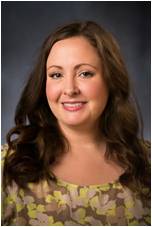
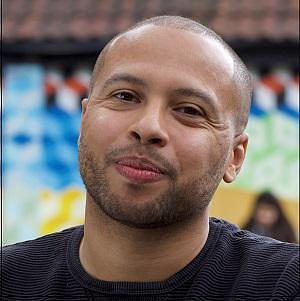
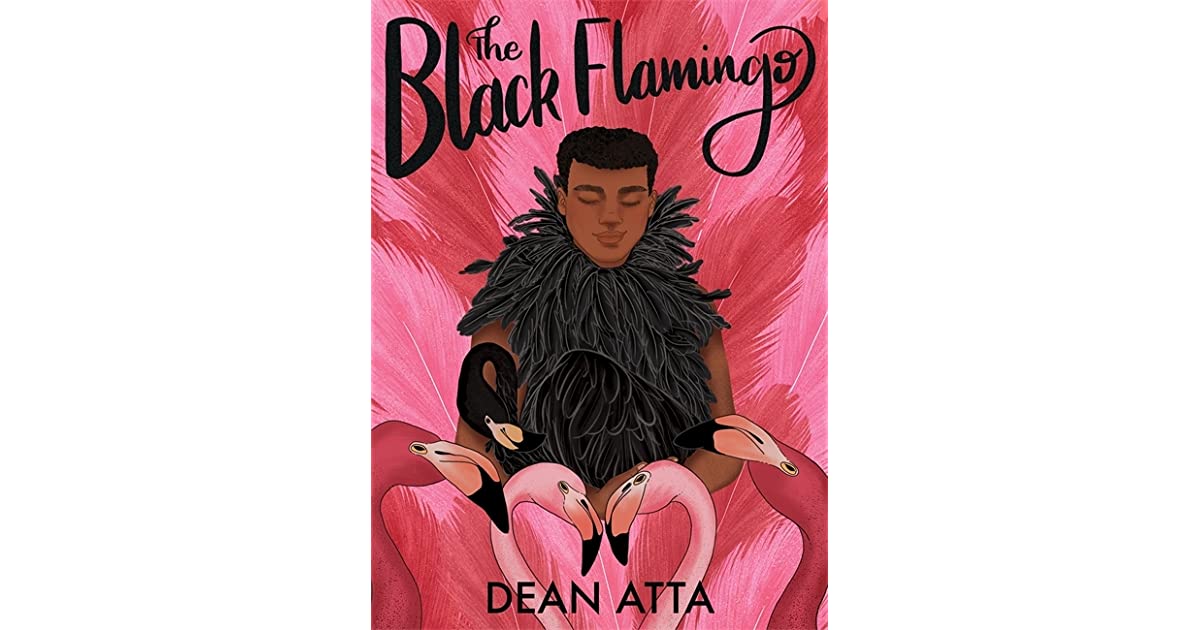
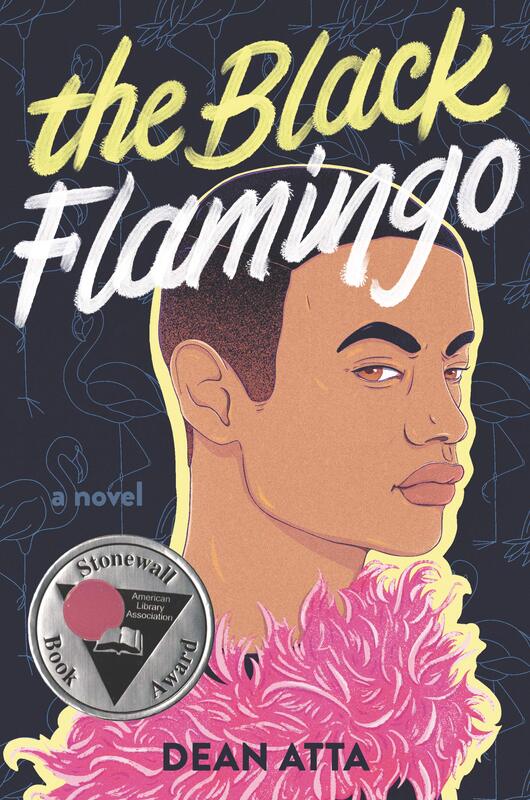
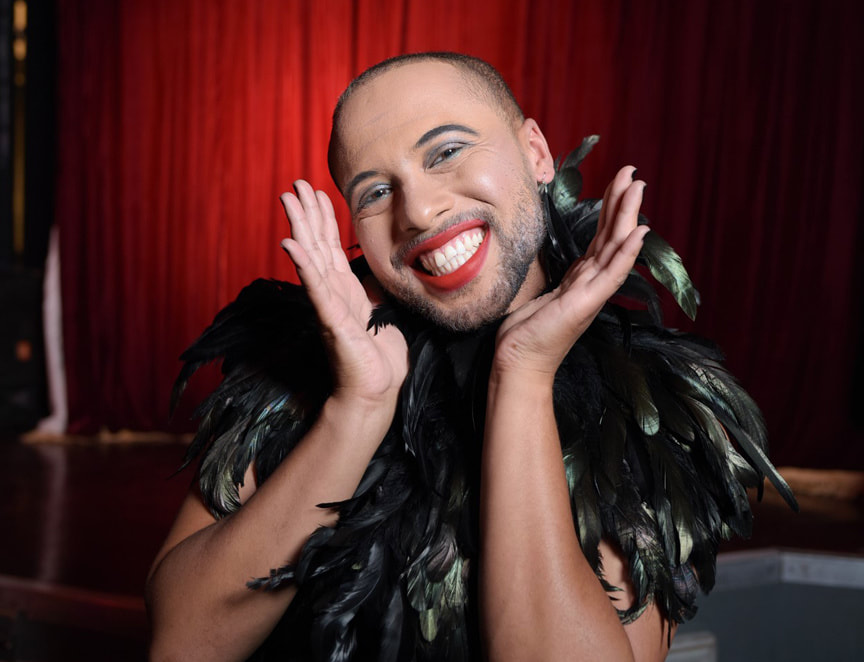
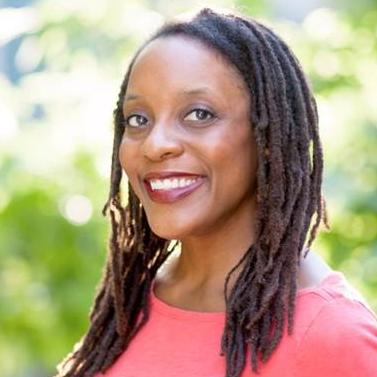
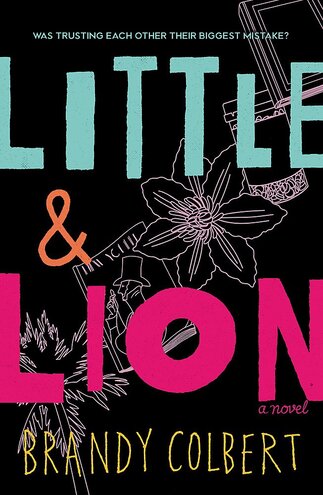
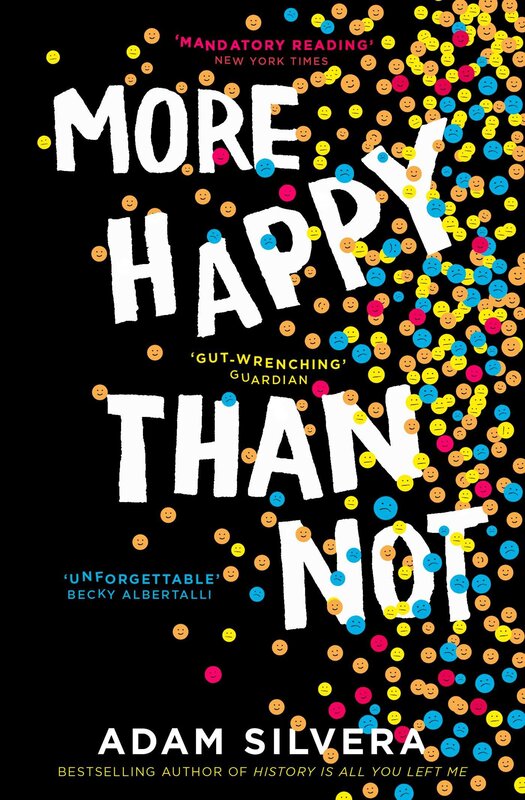
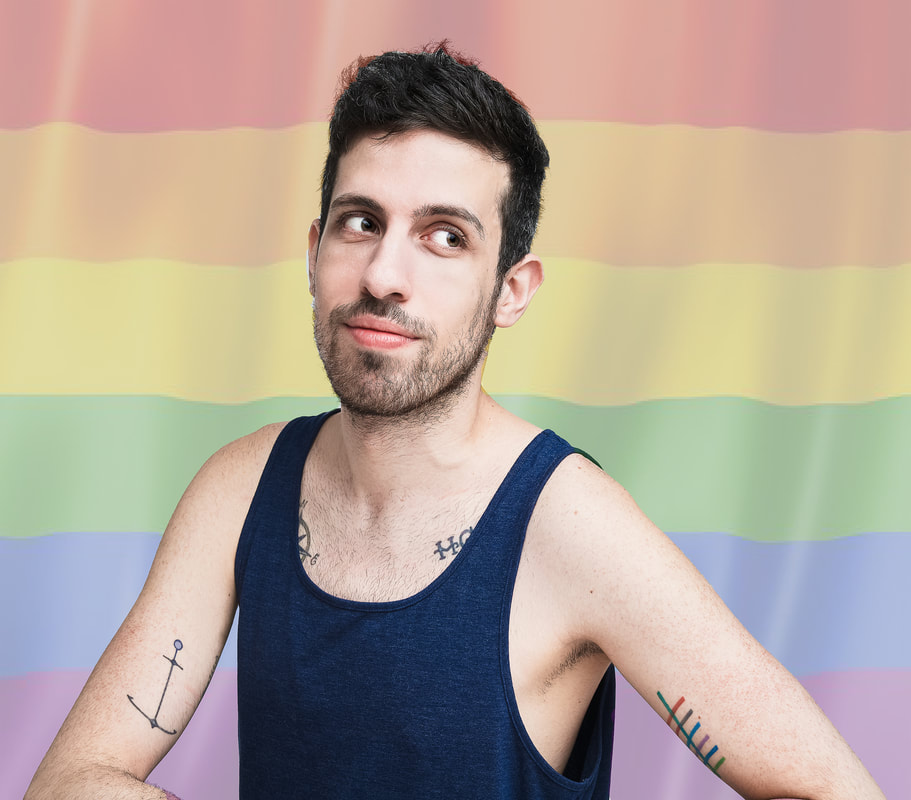
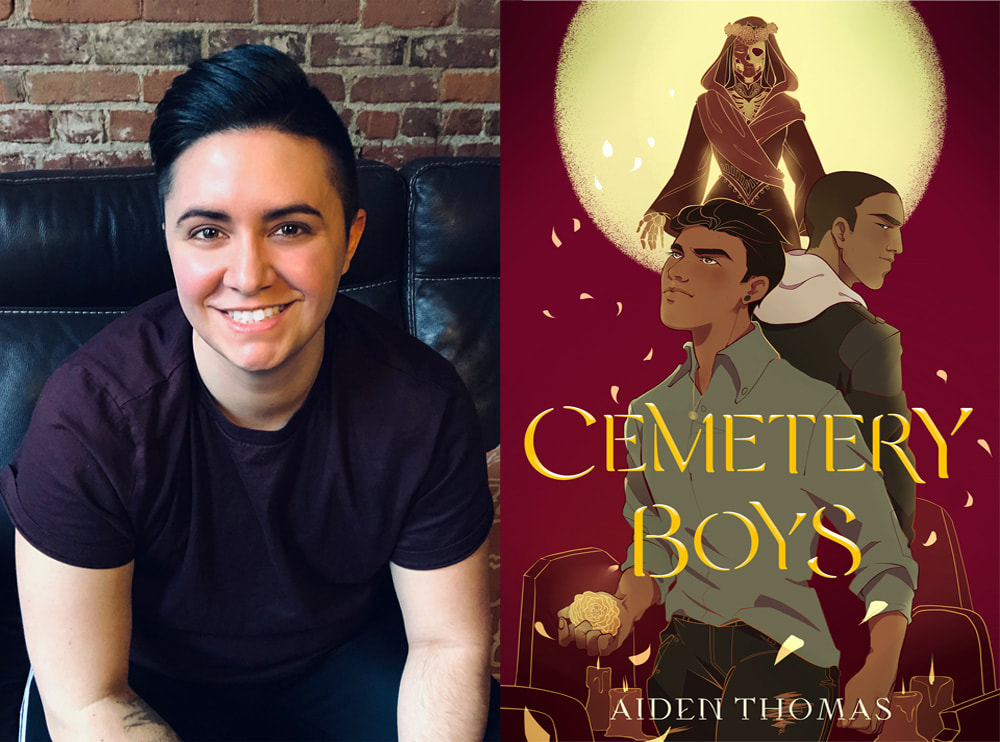

 RSS Feed
RSS Feed